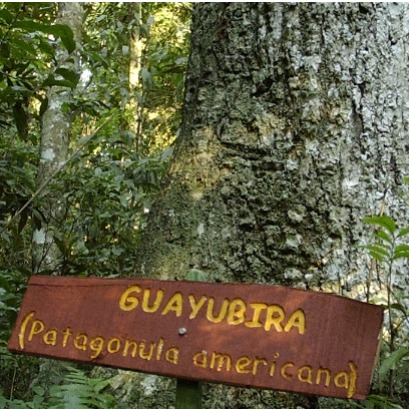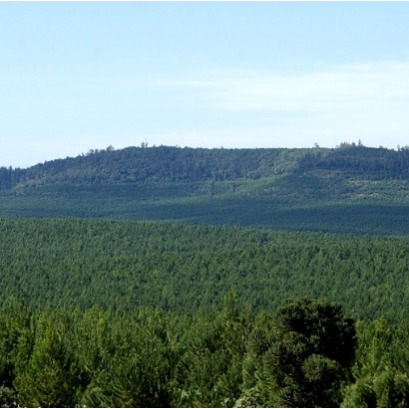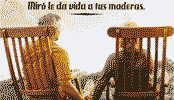
Know the Guayubira tree: one of the native timber species of the missionary jungle
With information from the Native Missions Species Manual (2024), developed in collaboration between the Faculty of Forest Sciences of the UNAM and the United States Forest Service (USFS) through the Project Update and Edition of the Wood Identification Manual of the Missionary Jungle, we share information from each digital tab that includes dendrological and anatomical characteristics. The manual was elaborated in the Wood, Dendrology and Dendrocronology Anatomy Laboratory (LAMDYD) of the Faculty of Forest Sciences in Eldorado, National University of Misiones.
Guayubira, a native species of great timber value, can reach up to 20 meters high. It has a dark and dense dura ideal for floors, furniture and sporting articles. Its wood, heavy and resistant. TECHNICAL CHARACTERISTICS OF THE GUAYUBIRANAN SCIENTIFIC TREE: American Cordia (L.) GOTTSCHLING J.S. Mill.Familia: Boraginacea Regionalenenening: ? Argentina: Guayubira ? Paraguay: Guajayvi Moroti ? Brazil: Guajuviradistribution Geographic Tree ? Wood color: Differentiated water and durable being the latter of dark brown color ? Growth rings: The growth rings are little demarcated ? Vaired: It is heavy to semi heavy wood, with a density of 0.80 gr/cm3. Generally in diameter less than 50 cm in adult state, it has important reinforcements in the base (image 6 and 7) ? Leaves: the leaves are alternate oblong or ovate of 3 to 8 cm long by 1 to 3 cm wide, the edges are undulating or sawn or sawn towards the roma apex and the base ahusada towards the short petiole. In diameter, the flowers are numerous and fragrant 5 mm long, the white corolla ? Fruit: The fruit is a 5 mm conical drup that divide the cortex into many rectangular and small plates. WOOD CHARACTERISTICS. soil and abroad lasts in natural state not treated approximately between 5 and 10 years. The duramen is not very resistant to the attack of fungi but resists the attack of insects not the sap.
IT MAY INTEREST YOU
 Missions | New illegal felling in the Piñalito Provincial Park in San Pedro reveals the silent expansion of deforestation in protected areas
Missions | New illegal felling in the Piñalito Provincial Park in San Pedro reveals the silent expansion of deforestation in protected areas
The advance of deforestation on protected areas was once again evident this week in the Piñalito Sur Provincial Park, in San Pedro, where the Ministry of Ecology and Renewable Natural Resources confirmed a new case of selective illegal logging. The event occurs in a context of growing concern about the fragility of the environmental control system in rural and border areas, where the scarcity of resources, personnel and logistics limits the capacity of surveillance against criminal organizations organized to steal native woods and market them on the black market in connivance with sawmill owners.
 Free seminar on the implementation of the European EUDR regulation on deforestation-free wood products
Free seminar on the implementation of the European EUDR regulation on deforestation-free wood products
The Argentine Forestry Association (AFoA) organizes the seminar «EUDR in Forest Products: Current status of implementation. Regulatory requirements and private experiences", which will take place on Wednesday, November 26, from 11:00 a.m. to 12:00 p.m., via Zoom, with live streaming on YouTube. The European Regulation on Deforestation-Free Products (EUDR) will enter into force on December 31, 2025 and will impose new requirements for forest products entering the European Union market.
 The forest of the oldest shadows: the story of the petrified trees
The forest of the oldest shadows: the story of the petrified trees
One of the natural treasures of Río Negro turns 23 years old under the protection law that allows its conservation. Where it is and how it was formed. Río Negro celebrates 23 years of conservation in the petrified forest as a Protected Natural Area (ANP). It is a space of 625 hectares that protects an exceptional site of fossil trunks that date back more than 60 million years.





















